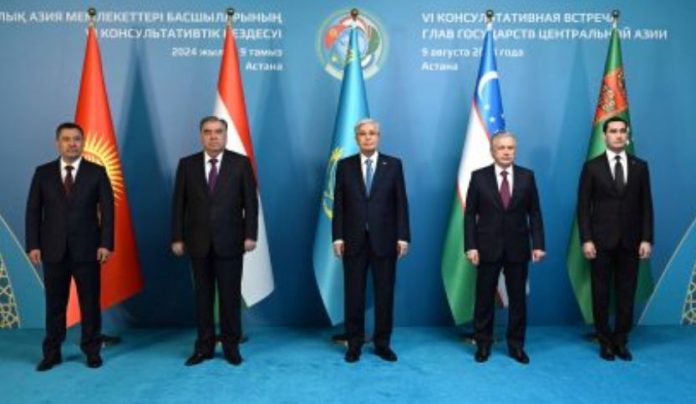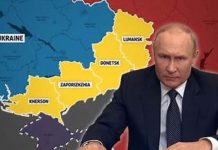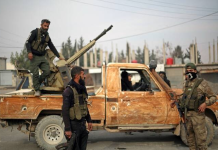ASTANA, On Aug 9, Astana hosted the sixth consultative meeting of the heads of state of Central Asia. The documents signed and overall rhetoric of the summit suggest that this meeting is a critical juncture for the integration processes in the region.
Unlike the previous consultative meetings, the 2024 Astana summit marks a pivotal moment for Central Asia. For the first time since the establishment of the platform in 2018, the institutionalization of regional processes and integration in Central Asia were in the spotlight.
Highlighting geopolitical challenges surrounding the Central Asian region, Uzbekistan`s President Shavkat Mirziyoyev said, “Central Asia, due to its geopolitical position, is experiencing the negative consequences of the global trust crisis and the escalation of conflicts.
“The events unfolding in Ukraine and the Middle East directly impact the stable and sustainable development of the region,” he continued.
“Thus,” Mirziyoyev said, “we have become prisoners of the policy of sanctions,” alluding to the negative impact of the Russian war in Ukraine.
An optimal way of mitigating the preceding challenges, according to Mirziyoyev, is regional integration.
“Overall, I believe the time has come for us to jointly consider ways to improve our Consultative Meeting format further to deepen regional integration and enrich the agenda for long-term partnership,” the Uzbek president said.
This was the first time that the Central Asian republics have explicitly discussed regional integration and proposed a roadmap to achieve that goal.
One of the main obstacles to integration in Central Asia had always been Russia, which has consistently tried to forestall any attempts to diversify trade and gas pipelines in the region and to disrupt potential integration processes among the five countries. Another stumbling block for any attempt at greater regional integration in Central Asia is the existence of alternative platforms, such as the Eurasian Economic Union (EAEU), which includes Armenia, Belarus, Kazakhstan, Kyrgyzstan, and Russia, but arguably prioritizes Russia’s geopolitical goals, rather than economic integration among member-states.
Amid the Russian war in Ukraine and subsequent Western sections, the EAEU has become a vehicle to subvert Western sanctions in favor of Russia, thus endangering the economies of its member-states. Additionally, Russian aggression against Ukraine inspires mistrust among the Central Asian republics and necessitates a coordinated policy against external powers.
The rhetoric of integration does not seem to be a mere token gesture, as evidenced by the signed package of documents. As a result of the summit, the five republics of Central Asia signed a strategy for the development of regional cooperation — “Central Asia 2040.” To turn words into actions, the five countries plan to launch mechanisms and institutions for regional cooperation, including meetings of national coordinators, sectoral ministries, and agencies. Regarding practical measures, Central Asian republics are set to eliminate tariff and non-tariff barriers, mutually recognize certificates of conformity, harmonize regulations, digitize customs operations and phytosanitary procedures, and consider mutual access to public procurement.
Cooperation will not be limited to the economic realm, but also touches upon mitigating common security threats and building a regional identity.
A day before the meeting, Kazakh President Kassym-Jomart Tokayev published an article titled “Renaissance of Central Asia: Towards Sustainable Development and Prosperity” in Kazakhstanskaya Pravda, where he highlighted an urgent need for a unified approach toward regional security and cooperation in defense policy.
Mirziyoyev also alluded to the article in his own speech at the summit.
Regarding identity-building efforts in the region, Mirziyoyev declared, “Today, we can already confidently speak about the beginning of the formation of a common regional identity.” This would be accomplished, according to him and Tokayev, through the adaptation of common historical narratives and their dissemination through a regional television channel or a news internet portal, as well as academic forums.
Other practicalities of regional integration will be discussed among expert communities of the five Central Asian republics, resulting in proposals that will be considered at the next Central Asian Summit in Tashkent next year.

















